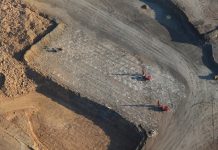26th World Mining Congress
To Be Held in Brisbane in First Ever Australian Event
26 – 29 JUNE 2023
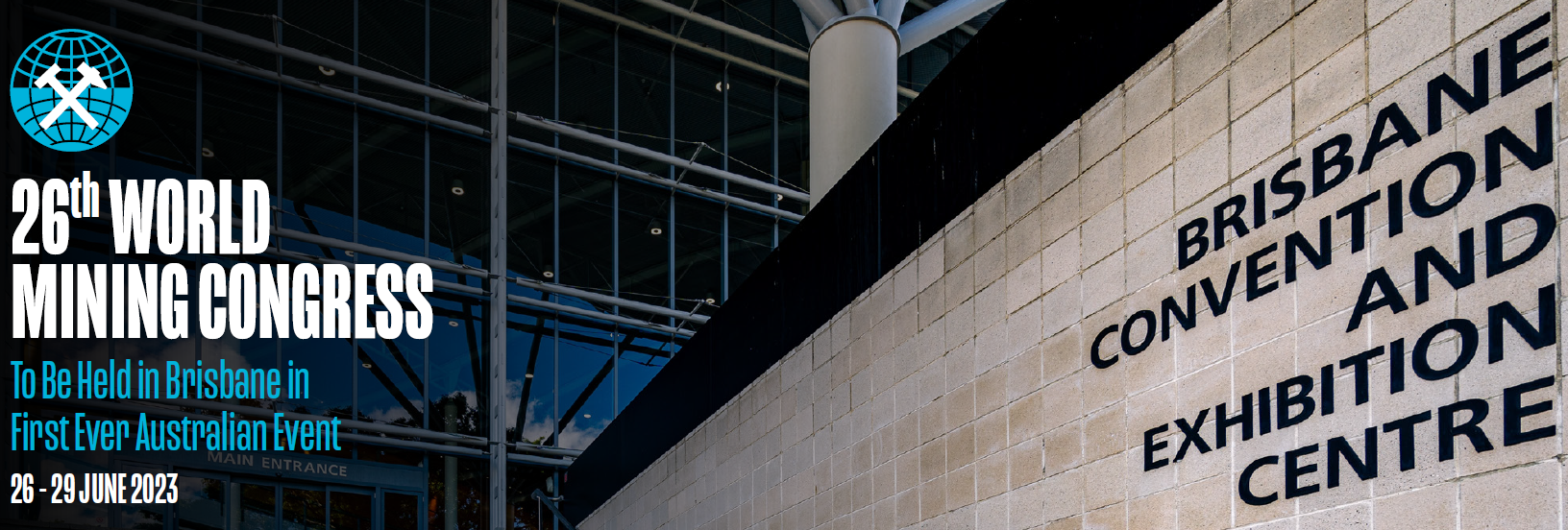
For the first time in over sixty years one of the world’s most prestigious international mining events will be held in Australia for the first time and will feature a host of international representatives from some of the world’s leading resource economies who will meet to discuss the very latest research, technologies, challenges and innovations in the resources sector.
The 26th World Mining Congress (WMC) will be held in Brisbane at the City’s Convention and Exhibition Centre from Monday 26 – 29 June 2023 and is being presented by Australia’s national science agency, the CSIRO, and supported by government, industry, and academia.
Inaugurated and first held in Poland in 1958, the congress has set the scene for international agreements and high-level discussions that have influenced mining practices and the resource industry globally for decades.
The normally triennial event, which has been held in a slew of eastern European capitals since its inception, alongside countries such as the UK, US, Mexico, India, Peru, Sweden, Canada, Brazil and China, was last held in Kazakhstan in 2018 and is returning this year after a COVID-19 induced delay.
The program includes 15 plenary speakers and over 300 technical discussions segmented through 13 core streams and three symposiums.
A total of 15,000m2 of exhibition space will welcome a wide range of national and international exhibitors and the event will attract around 3000 delegates from almost seventy countries worldwide.
The overarching theme of this year’s first ever Australian congress is Resourcing Tomorrow:
Creating Value for Society and will examine the world’s future economic and social dependence on resources and consider issues like environmental sustainability, climate change, digital transformation, disruptive technologies, and future workforces.
Event organisers say that themes will be addressed in plenary and concurrent sessions, special interest group meetings, workshops and discussion panels.
The focus is on active participation, giving attendees opportunities to present and participate in important discussions on the major current and future issues and challenges facing mining and resources across the globe.
This structure will allow delegates to take ‘deep dives’ into the latest developments and new research in these specific areas.
These parallel streams will be interspersed with joint-stream and plenary sessions where delegates come together to explore nexus issues.
The Congress will explain and explore how technology is transforming the sustainable production of minerals and fuels creating value that continues to lift significant segments of the world’s population out of poverty and contributes in an essential manner to an improved way of life.
Discussion streams being presented at the Congress include:
- Artificial Intelligence
- Critical Minerals
- Environmental Sustainability
- Geosciences and Discovery
- Mining, Science and Engineering
- Processing and Refining
- Technology and Operations
- Autonomous Systems
- Decarbonisation
- Future Workforce and Education
- Health, Safety and Wellbeing
- New Mining Frontiers
- Social Performance and Governance
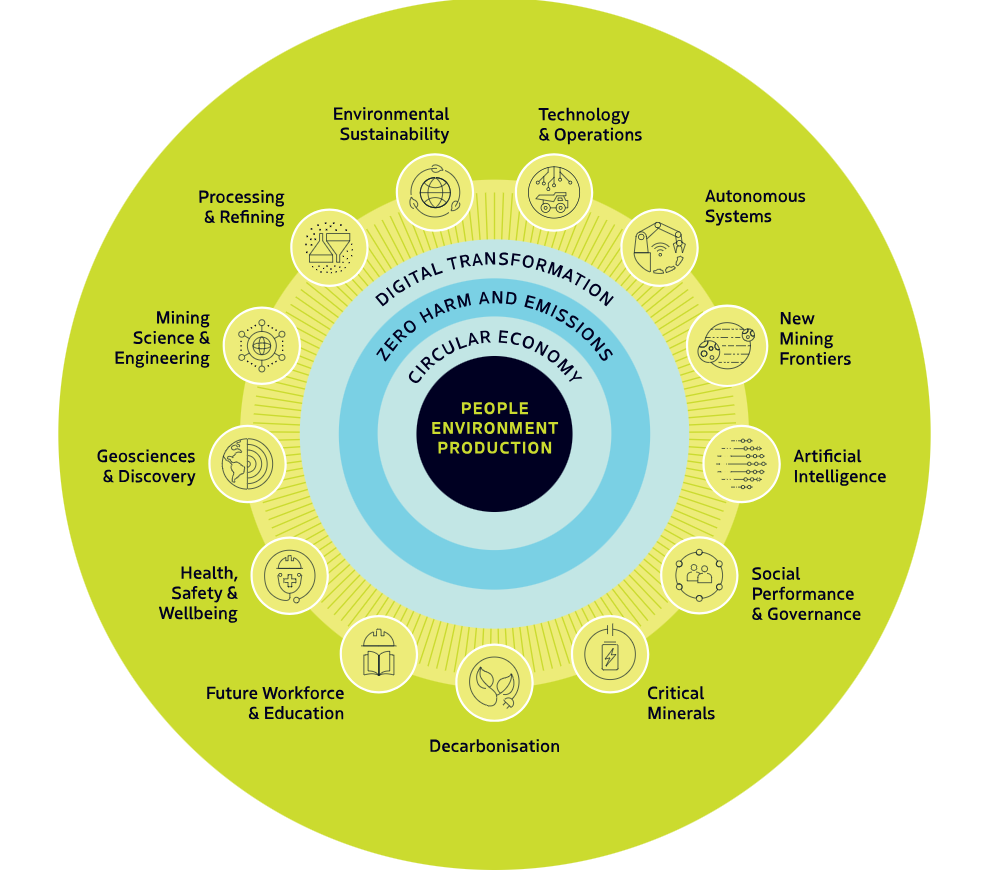
Three pre-congress symposiums will commence on Monday and include a wide range of discussions with thought leaders on Mine Closure and Post Mining Transitions, Sustainable Construction Materials and Minerals Policy and Governance for the New Economy.
The Sustainable Constructions symposia will continue on the Tuesday and Wednesday and the Minerals Policy and Governance for the New Economy symposia concluding on the Tuesday.
Event organisers say that day registration, rather than booking for the full three-day program may now be possible and that attendees from across the globe who are unable to make the event can register for virtual attendance where videos of each session will be posted and made available online for up to six months post the congress.
Attendees at the event will also be able to access the online video sessions so that presentations missed on any given day can be viewed at a later time.
For more information, to view the full congress program and to register as an attendee or virtual attendee go to: wmc2023.org
Exclusive Interview with Dr. Charlie Sartain and Emeritus Professor Mike Hood from the WMC 2023 Australian National Organising Committee.
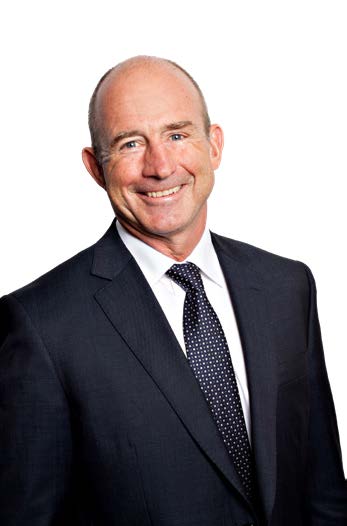
Minerals Institute’s Advisory Board
at The University of Queensland
– and Chair, Sponsorship &
Exhibition Committee for the WMC
In what has been a two-year labour of love for the WMC 2023 board and certainly for Dr Charlie Sartain – Chairman of the Sustainable Minerals Institute’s Advisory Board at The University of Queensland – and Chair, Sponsorship & Exhibition Committee for the WMC, bringing the event to Australia with all its complexity for the first time has been both an enormous task yet one that brings with it considerable satisfaction.
Despite Australia’s significant mining sector and the fact that some of the world’s biggest mining companies are headquartered here, it may come as a surprise to some that this is the first time the WMC has been held in the country.
And to some extent it remains an enigma.
“It is one of the really remarkable things that when I was invited to join the committee a couple of years ago it was unbelievable that it had never been held in Australia, given Australia’s role and profile in the mining industry,” Dr. Sartain acknowledged.
“So, Dr. Hua Guo, the congress chair and research director for sustainable mining technologies at the CSIRO was personally instrumental in the decision to host the event in Australia alongside the CSIRO which has also been very helpful.“
Professor Mike Hood, a former tenured academic at UC, Berkeley and Emeritus Professor at the University of Queensland’s School of Mechanical and Mining Engineering and Chair of the program committee for the WMC agrees.
“It is amazing actually that the congress has been running since the 1950’s and this is the first time it has been held in Australia,“ he said.
“Dr. Hua Guo has been going to these congress meetings for the last ten or so years and he lobbied on behalf of the CSIRO for it to come to Australia with the CSIRO as the host, and was (fortunately) successful.“
And what shape will the event take for its first time in Australia?
“This year’s program is quite complex because we have got plenaries on each day from a range of speakers and thirteen different streams or topic areas so I set up a committee for each of those streams,” Professor Hood added.
“In addition, we have three symposiums running on the day before the congress starts that allow us to delve into more detail that we can in a conference.”
According to Dr. Sartain, because it is the first time the congress has come to Australia it has given the organising committee.
“Close to seventy different countries will be represented at the event and around 3000 delegates”, he said.
“It is such a broad cross section of global representation and the other feature of it is the range of sponsors attracted to the event which is indicative of the level of interest and the role they want to play at the congress.
“One of the things we were looking to do with the plenary speeches, where we have very high profile and high impact people presenting, was to deliberately set themes and sub-themes for each given day and as the congress planning evolved, it became evident that it is occurring at a time of a rapidly decarbonising world and it is about creating value for society and delivering against sustainability goals.
“A congress like this can talk about these issues from a global perspective.”

Congress Themes
With the astonishing breadth and scope of topics being discussed at the congress, it is the theme of a circular economy that puts people, the environment and production at its centre, while incorporating zero harm and emissions, including harnessing the power of digital transformation, that lies at the heart of all the varying streams of discussion.
Decarbonisation of not just the mining sector, but also society more broadly will feature and the role that mining can play will be analysed.
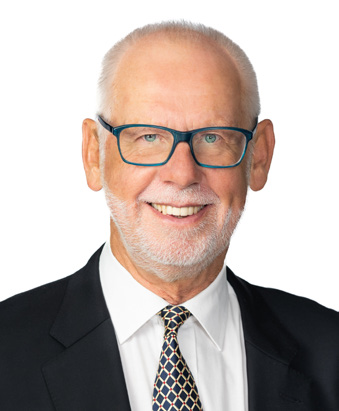
School of Mechanical and Mining
Engineering and Chair of the
program committee for the WMC
“The world is at a transition point as companies commit to net zero targets and the world is going to change in a big way in terms of energy production so we have a speaker from the international energy agency for example who will talk about the vast increases in metal and minerals needed to build the wind turbines and solar plants etc,” Professor Hood said.
“Questions we are going to ask include:
where is this stuff going to come from and what does it mean to build sustainable mines that benefit society as a whole and not just mining communities?”
Symposiums
A range of symposia are being held commencing from Monday which will provide a range of fascinating deep-dive discussions.
The Minerals Policy and Governance for the New Economy symposium will look at the relationship between government and industry and seek to make it a closer one in order to improve access to critical minerals.
According to Professor Hood, the International Energy Agency has made the point that the world needs five times more copper than is presently being produced and new deposits are yet to be found.
“It generally takes between five to ten years to locate a deposit, another five years or so to get from permit to production and by this time it could be mid-century if the traditional (exploration and governance) path is followed,” he said.
“So there needs to be a much tighter relationship between government and industry to Professor Mike Hood, University of Queensland’s School of Mechanical and Mining Engineering and Chair of the program committee for the WMC be able to accelerate that permit process, which also incorporates the discovery process via new technology, but done in a sustainable way.”
Another symposium, titled Sustainable Construction Materials will look at sustainable construction commodities with a focus on producing the sand and gravel needed for cement construction.
Because the deposits for both sand and gravel are depleted, and the demand for cement particularly in developing countries continues to rise, the need for how production can meet these needs will be explored.
According to Dr. Sartain, this intersects with economic opportunity and sustainability aims.
“This is where we can see the influence of sustainable development goals coming in and, in order to do that in developing countries, there is a huge potential for small to medium sized enterprises to bring themselves and their communities out of poverty and be part of the economy delivering sustainable construction,” he said.
A third symposium, titled Mine Closure and Post Mining Transitions, will look at rehabilitation from an indigenous perspective, how to absorb mine site closures into the idea of the circular economy and the regulatory policies which might enable it.
“It heavily engages with indigenous communities but also looks at areas like the Bowen Basin and the Hunter Valley and as we transition away from coal and eventually gas, these mining areas are going to close and what are we going to do with them?“ Professor Hood said.
“We don’t want to see the similar examples that we saw in the UK, where I come from, where they (government and industry) just closed the coal mines down and forgot about them which resulted in severe social destruction for decades after the Thatcher area.
“You can do it much better when you plan ahead for closure and incorporate questions such as: what are we going to do with the workforce? what new industries can we produce in those areas, etc?
“There are possibilities to open up discussions with authorities and regulators on the potential further uses of the land post-closure, so that it is not necessarily closing and shutting the gate and locking it away, but looking at ways to integrate activities within the circular economy”, Dr Sartain added.
“For example, there is potential for the waste products from mine sites to be either used for alternative construction materials in building or construction or to further utilise the materials via new technologies to extract minerals, including critical minerals to further into the renewable economy.
“These are the sorts of concepts being discussed in various countries around the world and this is the type of congress and symposium where you can talk openly about that.
“When you have government representatives from around the world attending a symposium such as this it may result in changes to policy as well.”

